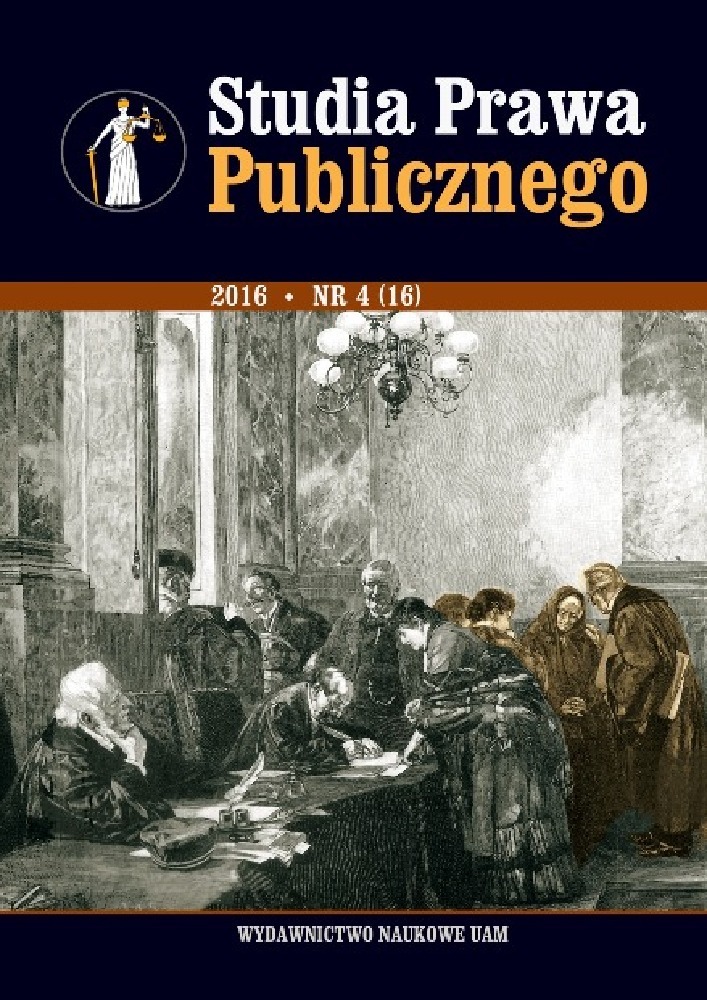Abstrakt
In 1990 the Pridnestrovian Moldavian Republic seceded from Moldavia which was then a part of the USSR. Since that time the legal status of the region has remained unclear and not fully explicit. Today, despite the fact that a quarter of the century has passed since its creation, the Republic remains a de facto state, as it has not been recognised by the international community. Under international law, Transnistria is treated as a Moldavian autonomous region having a special status. From the perspective of the theory of state and constitutional law it undoubtedly possesses all the attributes of statehood. This paper is a consecutive publication of the series of papers constituting a wider research into Transnistria’s legal status. It aims at analysing its binding basic law and the assumptions of its constitutional system. It particularly characterizes the shape and makes exegesis of the content of the independent Transnistria’s constitution of 1995, which has been revised several times and is still in force. The further parts of the article have been dedicated to (i) the origin of the fi rst Constitution of independent Transnistria of 1991, which was in force for only four years; (ii) the adoption and development of the presently binding Constitution of 1995; (iii) the general and detailed systematics of this act; and (iv) the constitutional solutions implemented in its present text edition. First and foremost the results of this research contribute to the determination of the present assumptions of Transnistria’s constitutional system, its catalogue of fundamental principles, human rights and freedoms, the system of the supreme state authorities and the form of government. Moreover, it enables to estimate the eff ectiveness of Transnistria’s constitutional mechanisms in their practical functioning. Thus it allows to determine the region’s legal status more precisely.
Licencja
Prawa autorskie (c) 2019 Viktoriya Serzhanova

Utwór dostępny jest na licencji Creative Commons Uznanie autorstwa – Użycie niekomercyjne – Bez utworów zależnych 4.0 Międzynarodowe.
